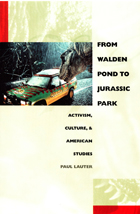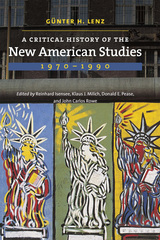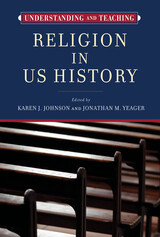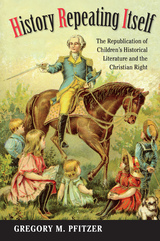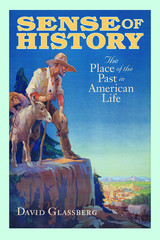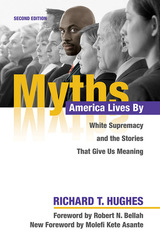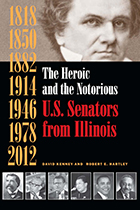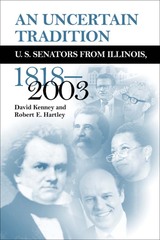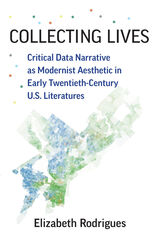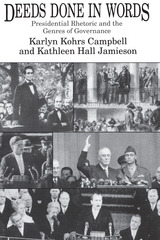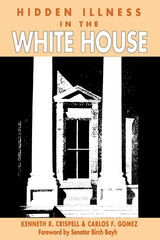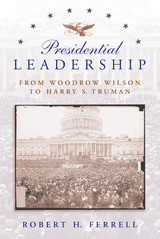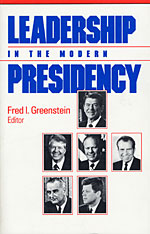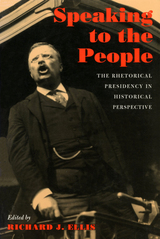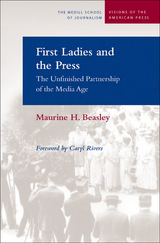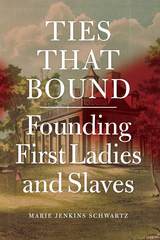Museums, Monuments, and National Parks: Toward a New Genealogy of Public History
University of Massachusetts Press, 2012
Cloth: 978-1-55849-939-3 | Paper: 978-1-55849-940-9 | eISBN: 978-1-61376-211-0
Library of Congress Classification E175.9.M48 2012
Dewey Decimal Classification 973
Cloth: 978-1-55849-939-3 | Paper: 978-1-55849-940-9 | eISBN: 978-1-61376-211-0
Library of Congress Classification E175.9.M48 2012
Dewey Decimal Classification 973
ABOUT THIS BOOK | AUTHOR BIOGRAPHY | REVIEWS
ABOUT THIS BOOK
The rapid expansion of the field of public history since the 1970s has led many to believe that it is a relatively new profession. In this book, Denise D. Meringolo shows that the roots of public history actually reach back to the nineteenth century, when the federal government entered into the work of collecting and preserving the nation's natural and cultural resources. Scientists conducting research and gathering specimens became key figures in a broader effort to protect and interpret the nation's landscape. Their collaboration with entrepreneurs, academics, curators, and bureaucrats alike helped pave the way for other governmental initiatives, from the Smithsonian Institution to the parks and monuments today managed by the National Park Service.
All of these developments included interpretive activities that shaped public understanding of the past. Yet it was not until the emergence of the education-oriented National Park Service history program in the 1920s and 1930s that public history found an institutional home that grounded professional practice simultaneously in the values of the emerging discipline and in government service. Even thereafter, tensions between administrators in Washington and practitioners on the ground at National Parks, monuments, and museums continued to define and redefine the scope and substance of the field. The process of definition persists to this day, according to Meringolo, as public historians establish a growing presence in major universities throughout the United States and abroad.
All of these developments included interpretive activities that shaped public understanding of the past. Yet it was not until the emergence of the education-oriented National Park Service history program in the 1920s and 1930s that public history found an institutional home that grounded professional practice simultaneously in the values of the emerging discipline and in government service. Even thereafter, tensions between administrators in Washington and practitioners on the ground at National Parks, monuments, and museums continued to define and redefine the scope and substance of the field. The process of definition persists to this day, according to Meringolo, as public historians establish a growing presence in major universities throughout the United States and abroad.
See other books on: Conservation and restoration | Historic sites | Museums | Nature conservation | Toward
See other titles from University of Massachusetts Press

